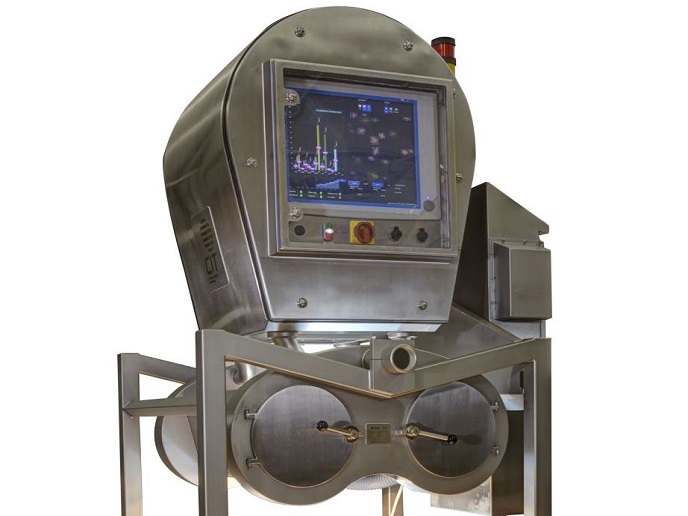Novel tools to evaluate risk systems and enhance risk management
Efficiency, robustness and even intelligence may exist in many natural spatial processes and phenomena. Inspired by a natural phenomenon – ripples spreading out when a pebble is dropped in water – the EU-funded IRGSCIMA(opens in new window) (Integrated risk governance via spatial complexity inspired models and algorithms) project set out to develop a methodological platform to study IRG. Learning from nature should lead to innovative models and algorithms to improve risk management. IRGSCIMA used a newly emerging concept in complex systems – spatial complexity inspired models and algorithms (SCIMA). Based on this, it developed methods that consider key spatial and temporal features in real-world risk systems. It integrated risk management considerations into the model development stage to develop more effective and efficient tools in order to assess risk systems and enhance risk management. In the final year, researchers focused on establishing SCIMA as a new research field. Apart from IRG, this will help researchers and field engineers better understand and manage other complex systems in the engineering field or the social sciences. Researchers attended two training courses on natural disasters and risks, seven workshops on risk management and six international conferences. They took nine field trips to study various real-world disaster events, including earthquakes and landslides, flooding and blizzards. In addition, they presented four conference papers, published six journal papers, attended a networking event, and fostered relationships with internationally renowned experts in disaster risk reduction and management. By advancing the study of IRG and introducing suitable SCIMA methods, IRGSCIMA has paved the way for better risk management.






